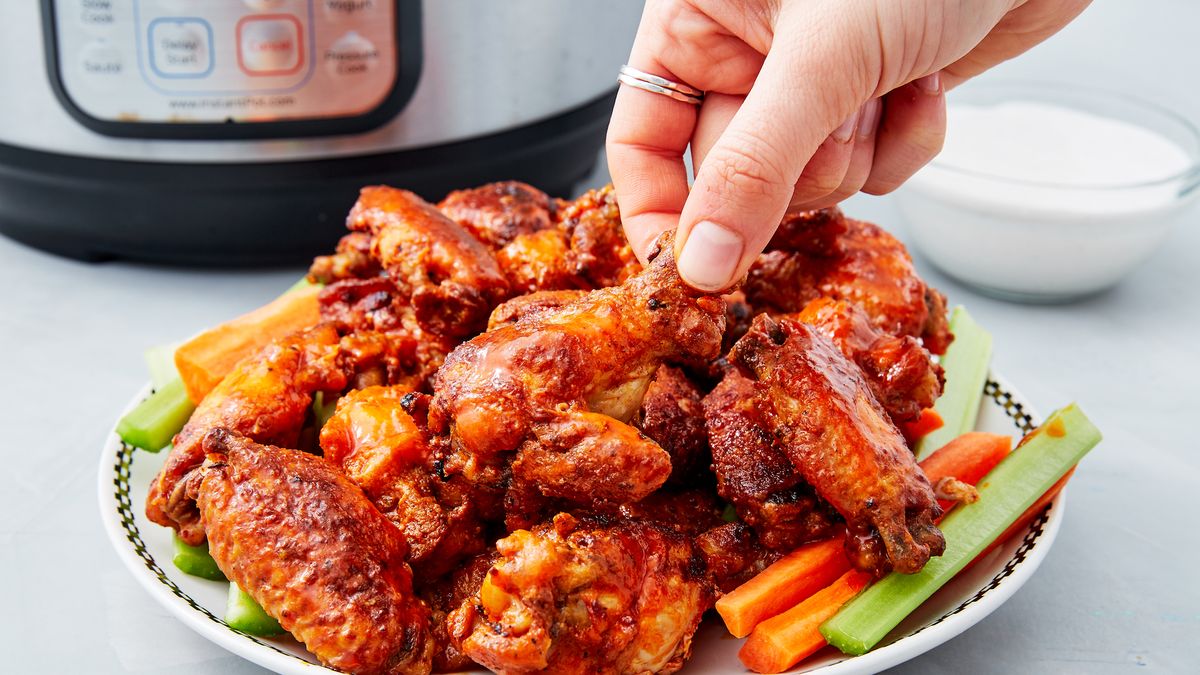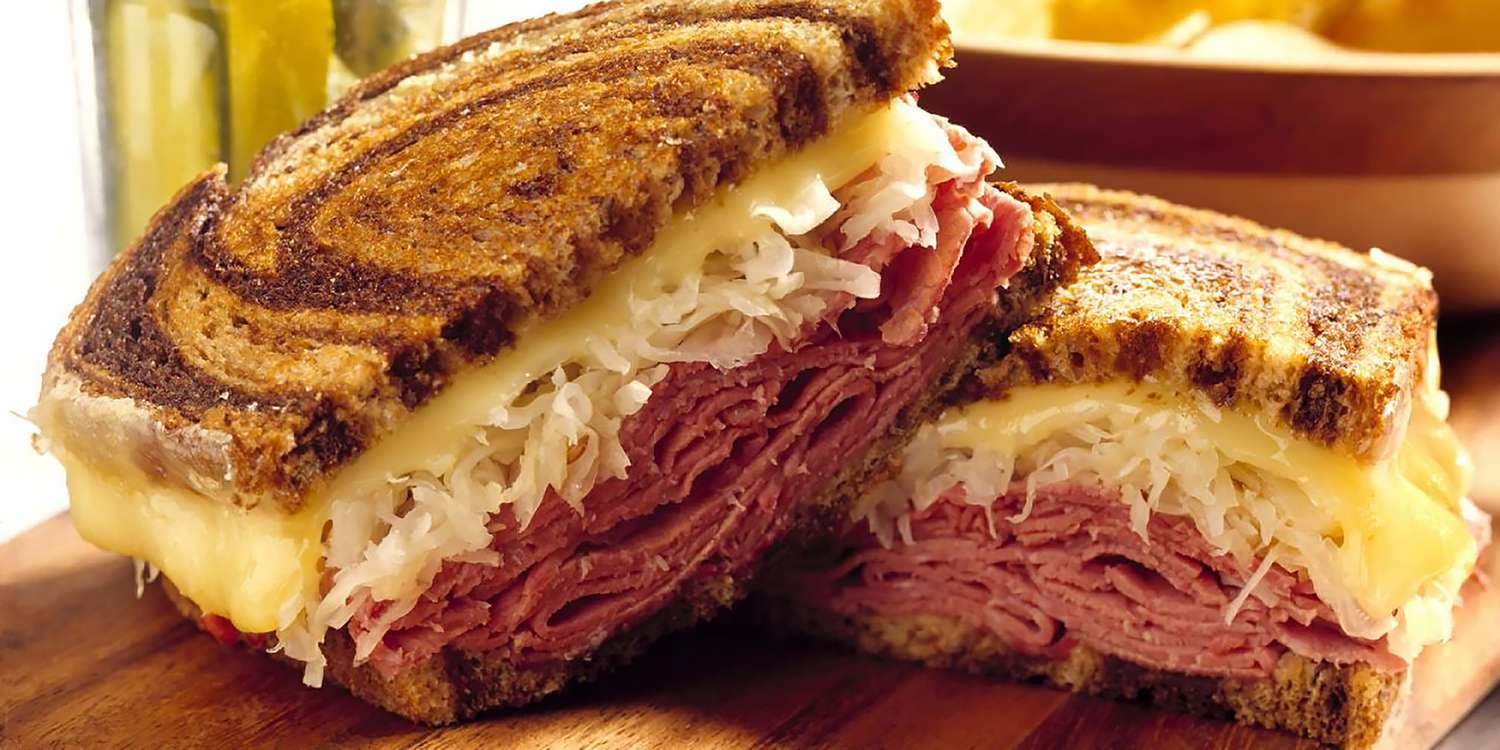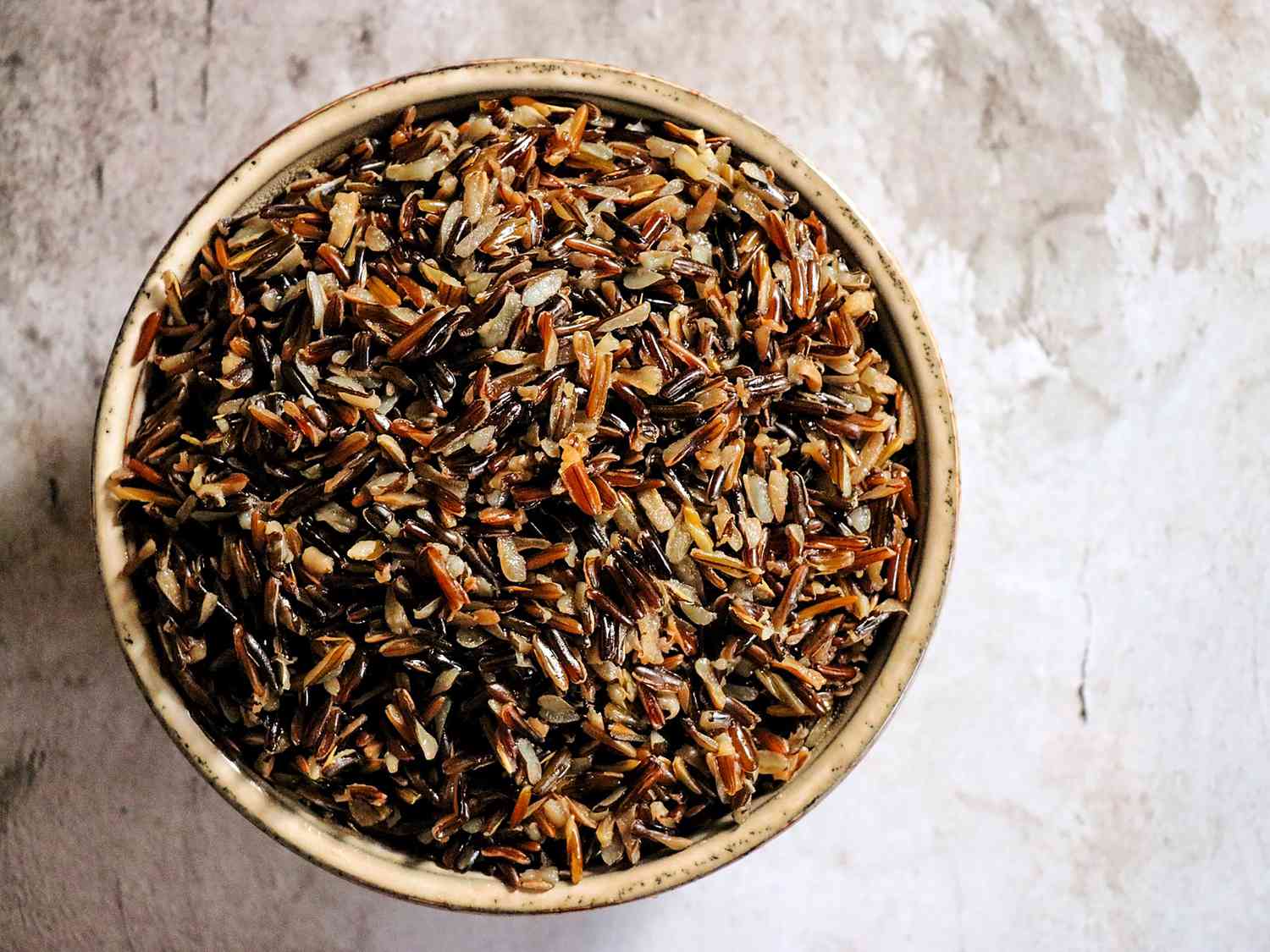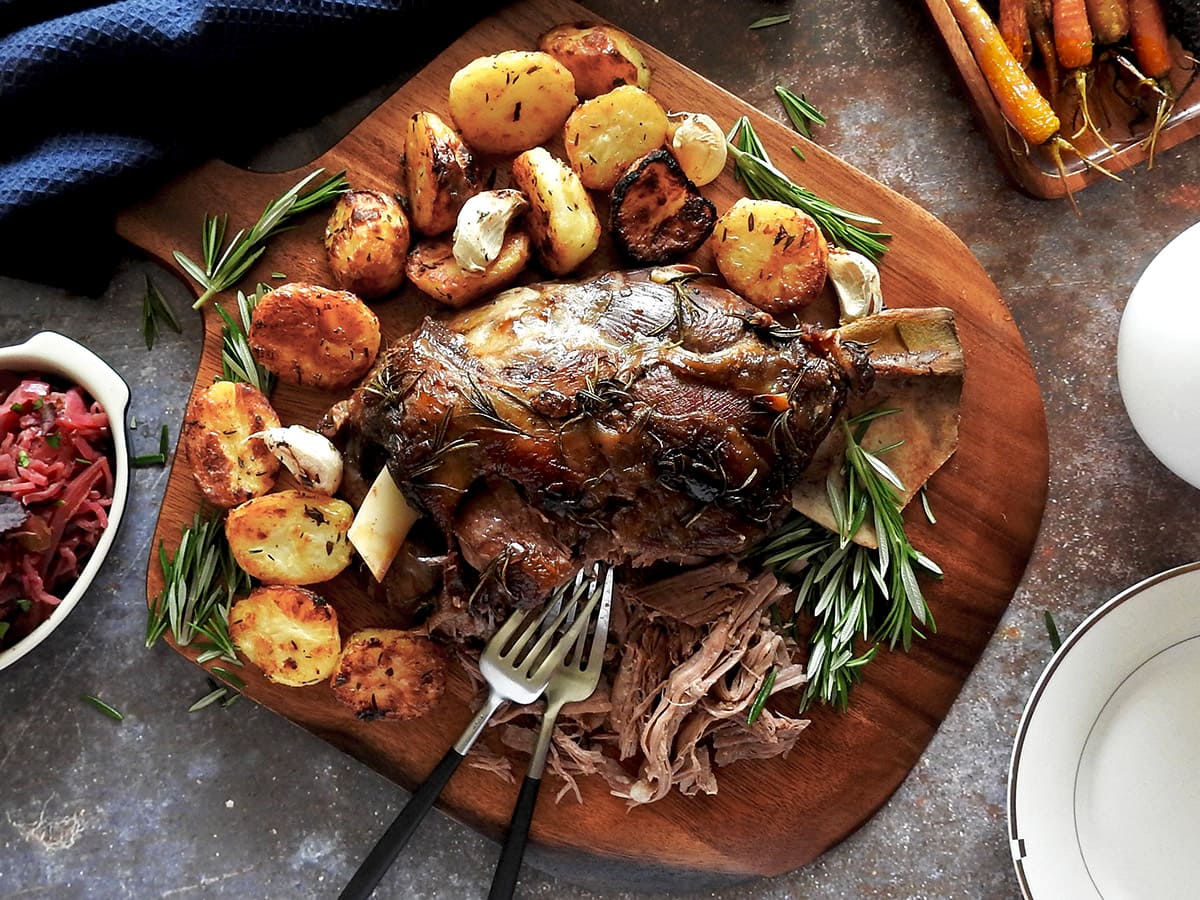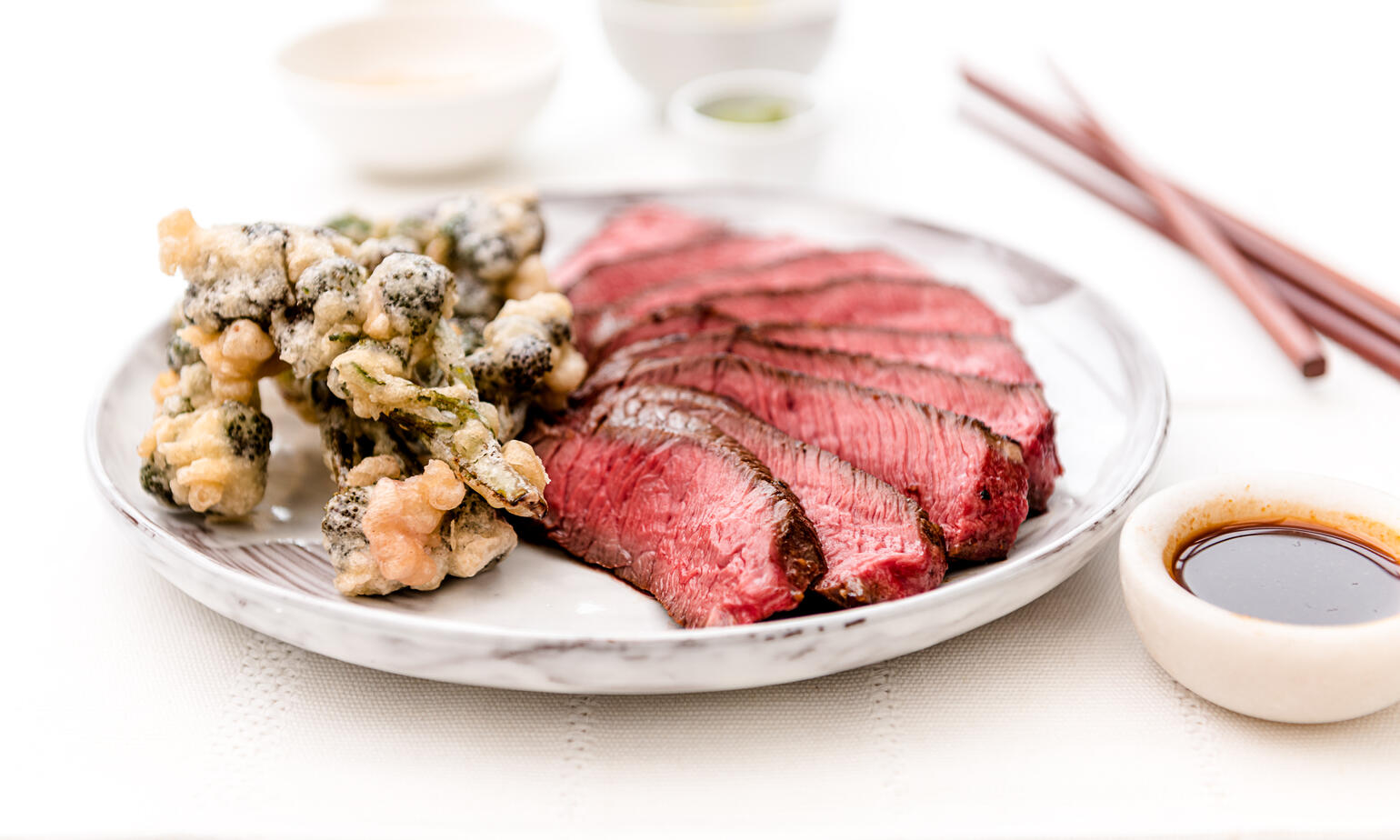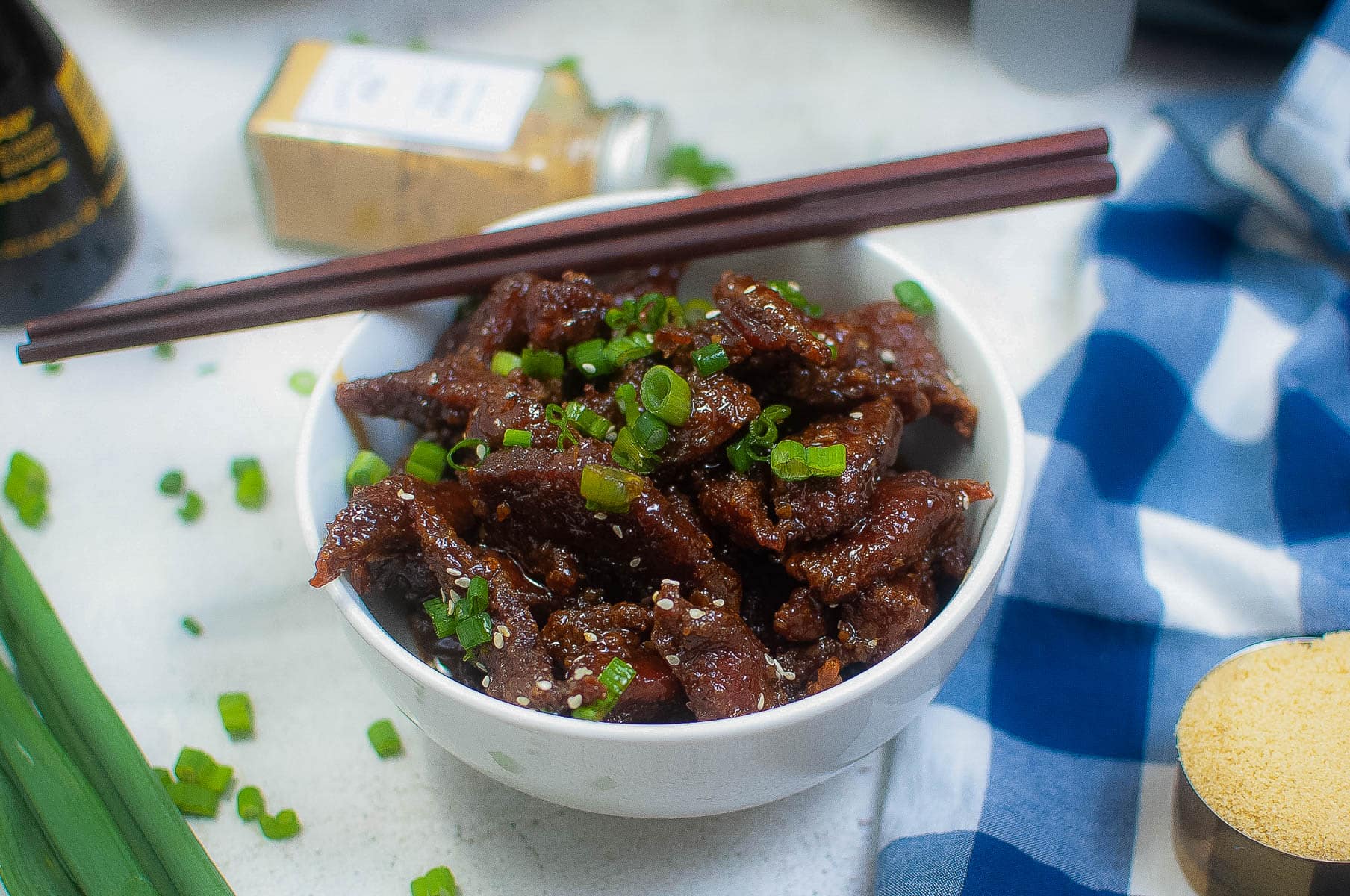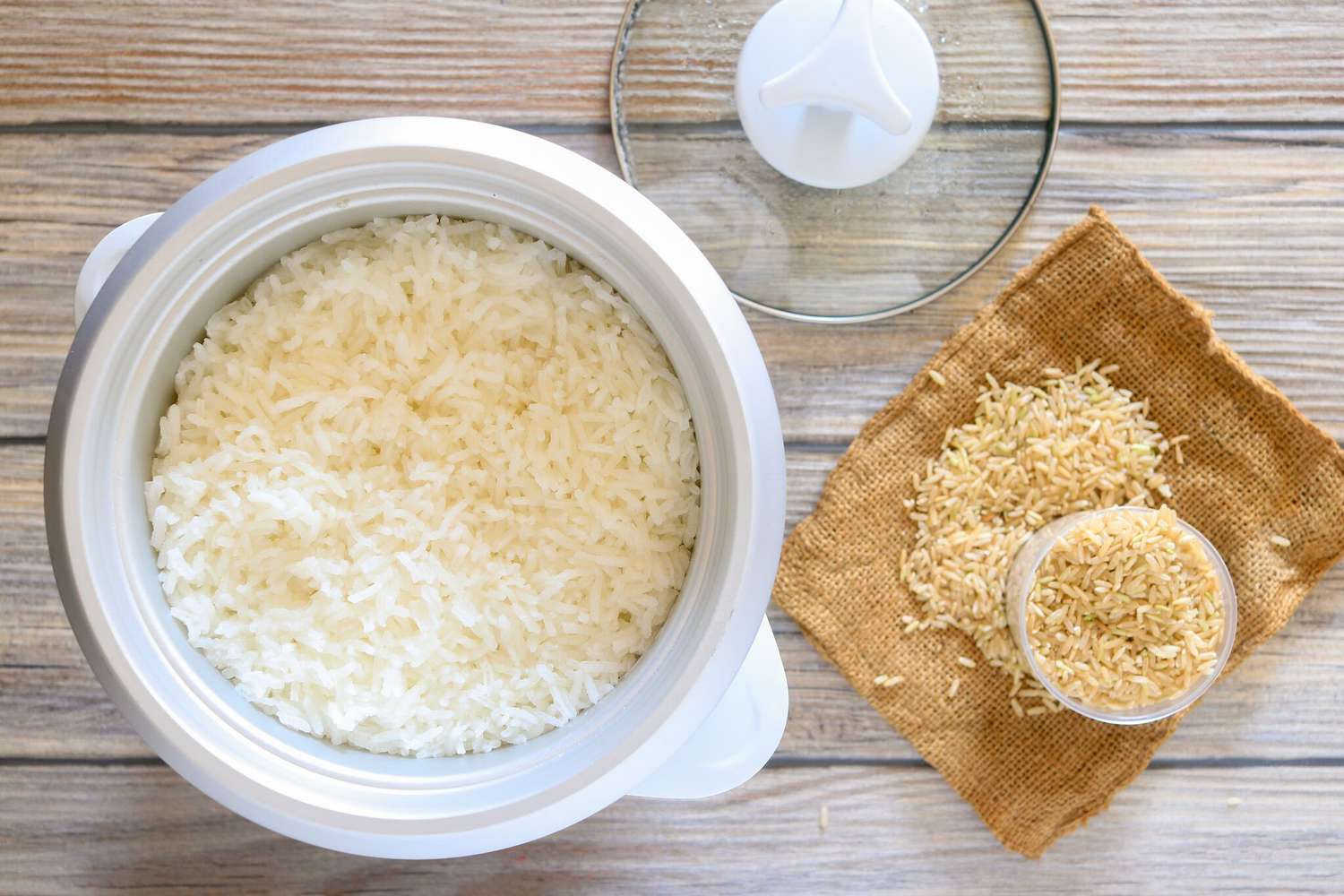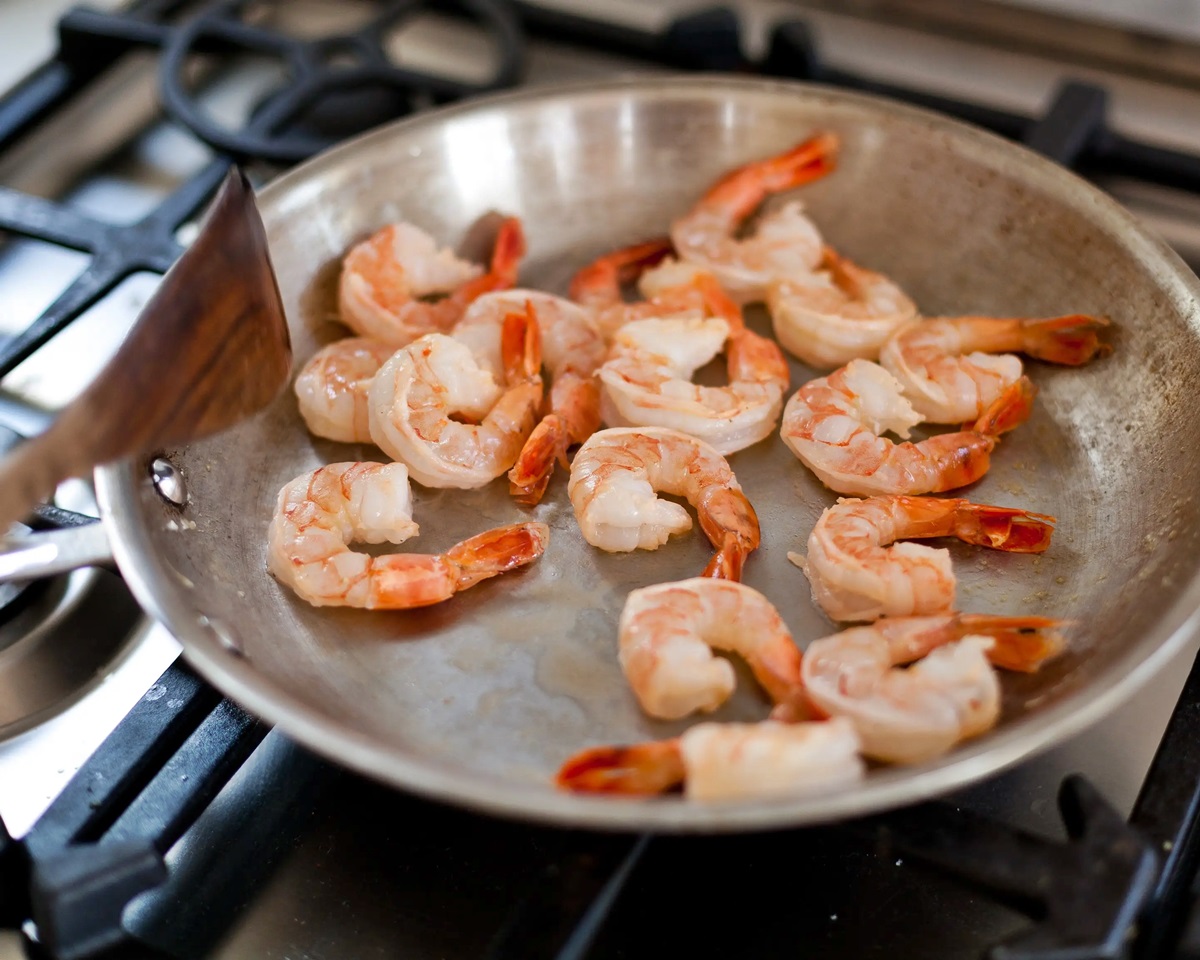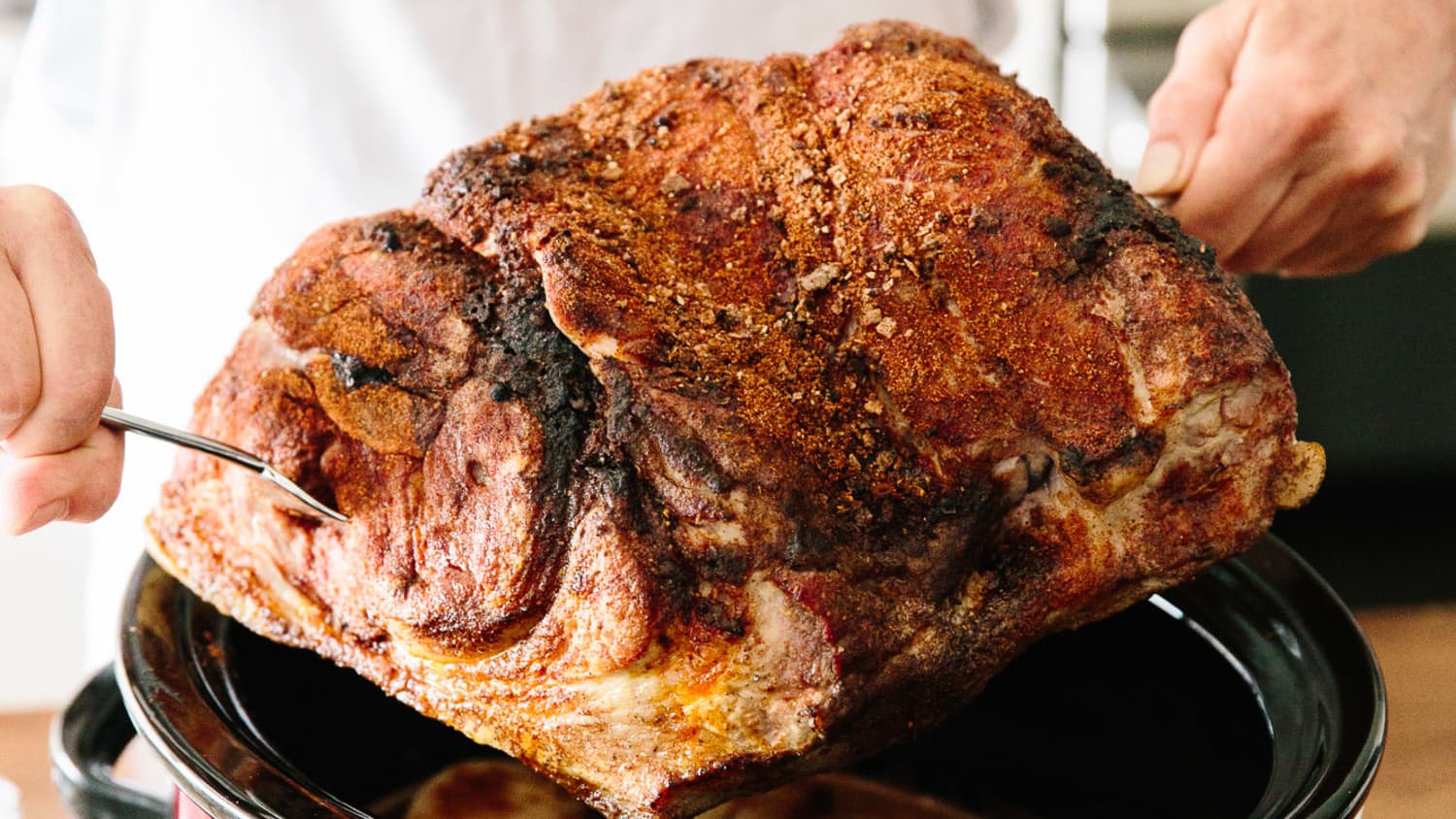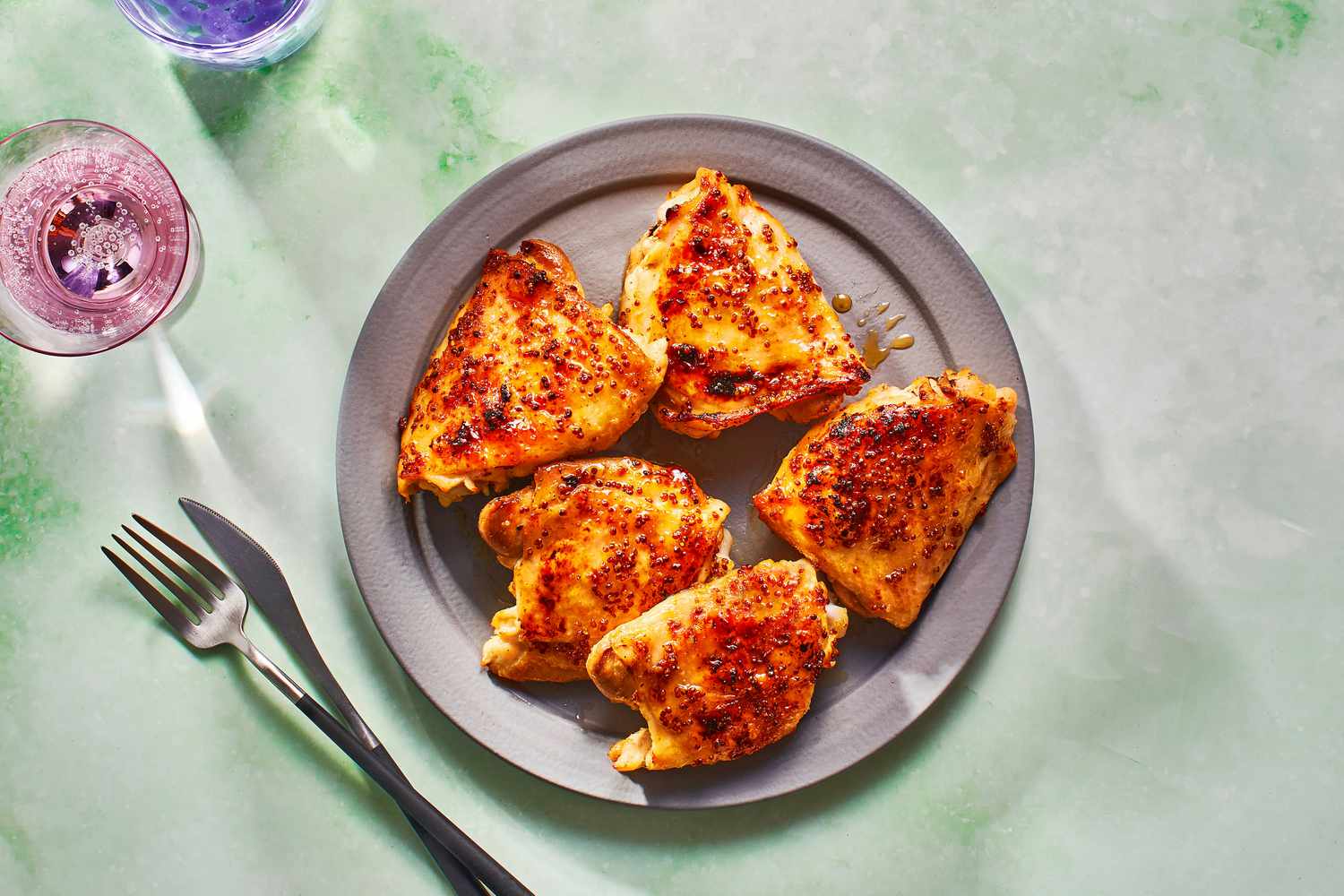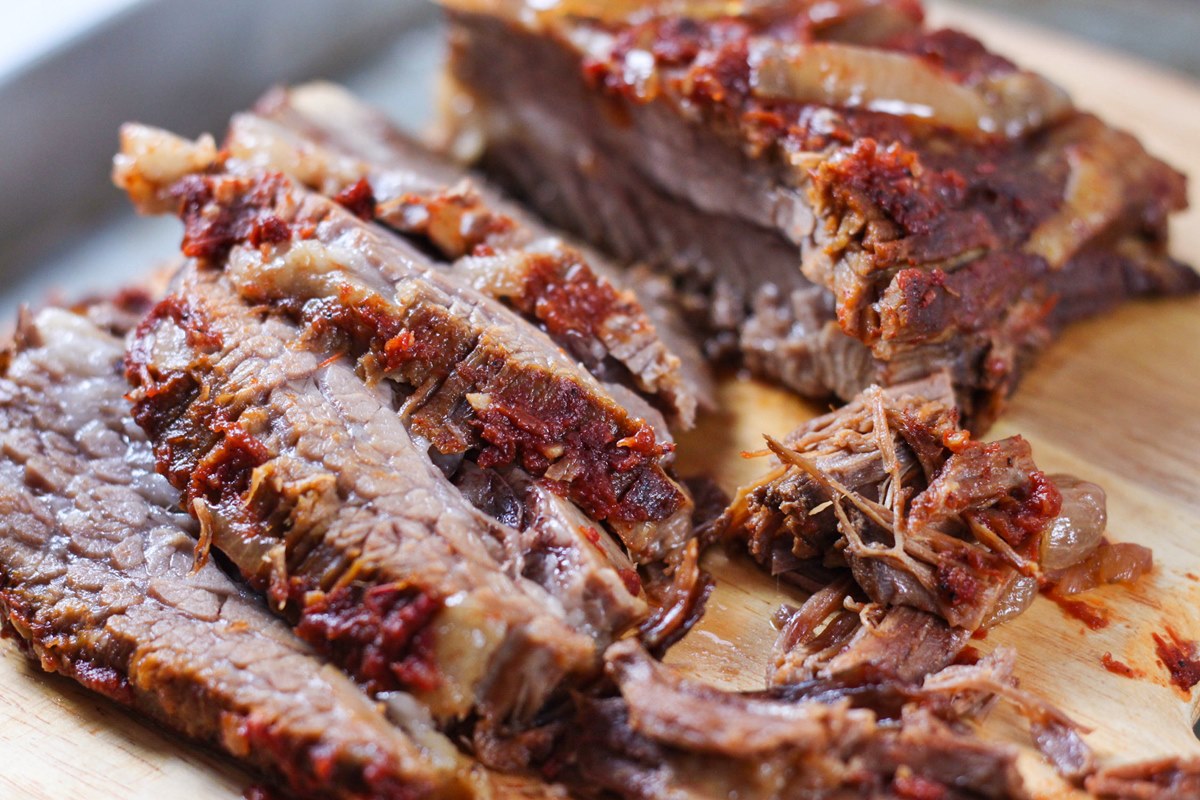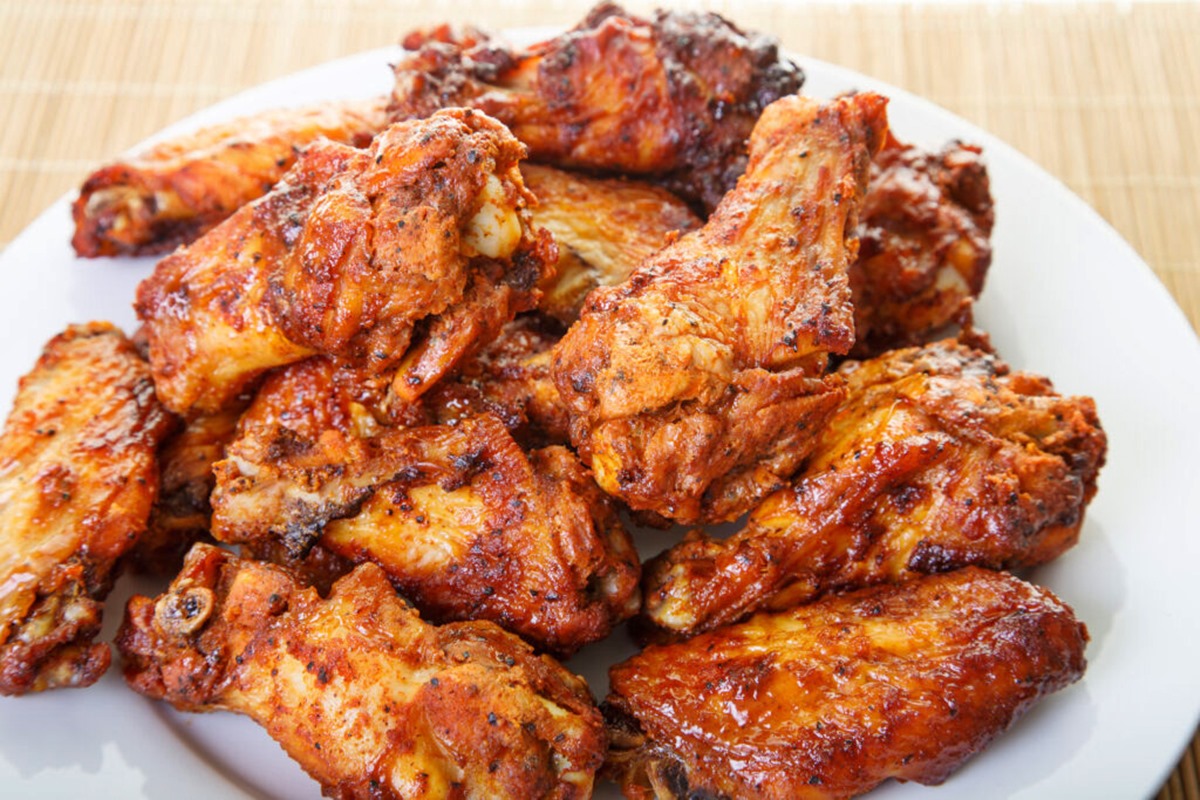Cooking fresh pork tenderloin transforms a simple meal into a mouthwatering feast. Known for its tenderness and lean quality, this cut requires a blend of proper technique and seasoning to unlock its full potential. Whether you're searing it to golden perfection or slow-roasting to enhance its natural flavors, mastering pork tenderloin promises a delightful dining experience. Seasoning plays a pivotal role, with herbs and spices elevating the meat's flavor profile. In this guide, we'll walk through essential tips and tricks for cooking pork tenderloin, ensuring juicy, flavorful results that will impress any palate. Ready to elevate your culinary skills? Let's dive into the art of cooking fresh pork tenderloin.
Essential Ingredients for a Perfect Pork Tenderloin
- 1 pork tenderloin (about 1 to 1.5 pounds)
- Salt (to taste)
- Black pepper (freshly ground, to taste)
- 2 tablespoons olive oil
- 3 cloves garlic (minced)
- 1 teaspoon fresh rosemary (finely chopped)
- 1 teaspoon fresh thyme (finely chopped)
- 1/2 cup chicken broth (low sodium preferred)
- 2 tablespoons unsalted butter
Must-Have Tools for Cooking Pork Tenderloin
- Sharp Chef's Knife
- Cutting Board
- Meat Thermometer
- Roasting Pan or Cast Iron Skillet
- Aluminum Foil
- Oven Mitts
- Tongs
- Paper Towels
For juicy pork tenderloin, sear all sides in a hot pan before roasting at 375°F. Use a meat thermometer to ensure internal temperature reaches 145°F for perfect tenderness.
The Importance of Cooking Pork Tenderloin Right
Cooking fresh pork tenderloin properly ensures a juicy, flavorful meal. This lean cut benefits from precise cooking techniques to avoid dryness. Mastering its preparation elevates home dining experiences, offering a versatile base for various culinary explorations. Understanding the right methods enhances meal quality, making every bite a testament to culinary skill.
Moreover, knowing how to cook pork tenderloin correctly reduces food waste. Overcooking this delicate meat often leads to unsatisfactory meals, discouraging its use in future dishes. By honing cooking skills, individuals contribute to more sustainable eating practices, ensuring that every piece of meat purchased is used to its fullest potential, promoting both economic and environmental benefits.
Your Ultimate Guide to Cooking Pork Tenderloin
Cooking Fresh Pork Tenderloin: A Step-by-Step Guide
Ingredients Needed:
- 1 pork tenderloin (approximately 1-1.5 lbs)
- Salt
- Pepper
- Olive oil or butter for searing
Equipment Required:
- Oven
- Skillet (preferably cast iron)
- Meat thermometer
- Tongs
- Aluminum foil
Preparation Steps:
-
Preheat your oven to 375°F (190°C) to ensure it reaches the correct temperature by the time you're ready to roast.
-
Season the pork tenderloin generously with salt and pepper. This simple seasoning enhances the natural flavors of the meat.
-
Heat the skillet over medium-high heat. Add a tablespoon of olive oil or butter, swirling to coat the bottom of the skillet.
-
Sear the tenderloin in the hot skillet. Use tongs to place the tenderloin in the skillet, searing each side until golden brown. This usually takes about 2-3 minutes per side.
-
Transfer the skillet to the preheated oven. If your skillet is not oven-safe, move the tenderloin to a baking dish.
-
Roast the tenderloin in the oven. Cooking time varies based on size, but generally, it takes about 15-20 minutes. Aim for an internal temperature of 145°F (63°C) for medium-rare.
-
Check the temperature using a meat thermometer. Insert it into the thickest part of the tenderloin to ensure it's cooked to your liking.
-
Rest the tenderloin after removing it from the oven. Cover it loosely with aluminum foil and let it sit for about 5-10 minutes. Resting allows juices to redistribute, making the meat more tender and flavorful.
-
Slice and serve. Cut the tenderloin into slices against the grain for the best texture.
Tips for Success:
- Don't skip searing. It adds a depth of flavor and texture to the tenderloin.
- Use a meat thermometer to avoid overcooking. Pork tenderloin can become dry if cooked too long.
- Letting the meat rest is crucial. It ensures a juicy, delicious result.
Remember, cooking times can vary based on the size and thickness of the tenderloin. Always use a meat thermometer for the most accurate results. Enjoy your perfectly cooked pork tenderloin with your favorite sides for a delicious meal.
Mastering Pork Tenderloin Perfection
Cooking fresh pork tenderloin doesn't have to be intimidating. With the right techniques, this lean cut transforms into a juicy, flavorful centerpiece for any meal. Remember, searing before roasting locks in those delicious juices. Don't forget to let your meat rest before slicing; this step is crucial for retaining moisture. Experiment with different herbs and spices to find your perfect flavor combination. Whether you're a seasoned chef or a kitchen newbie, mastering pork tenderloin is a skill that'll serve you well. So, next time you're pondering dinner options, consider this versatile and delectable cut. Happy cooking!
For anyone looking to master the art of cooking pork tenderloin, there are several standout recipes worth trying. The Classic Herb-Crusted Pork Tenderloin offers a timeless approach with a deliciously seasoned crust. For a sweet and tangy twist, the Honey Mustard Glazed Pork Tenderloin is a crowd-pleaser, combining honey's natural sweetness with the sharpness of mustard. If you prefer something with a bit of a kick, the Cajun-Spiced Pork Tenderloin adds a flavorful, spicy touch. Lastly, the Asian-Inspired Soy-Ginger Pork Tenderloin is perfect for those who crave an umami-rich dish with a hint of ginger. Each recipe provides a unique flavor profile and is a fantastic way to put the guide's techniques into practice.
All Your Questions About Pork Tenderloin Answered
What's the best way to season a pork tenderloin?
Kicking things off, you'll want to rub your pork tenderloin with a mix of salt, pepper, garlic powder, and maybe a dash of smoked paprika for that extra zing. Letting it marinate for at least 30 minutes, if not overnight, really lets those flavors sink in.
How long should I cook a pork tenderloin in the oven?
Aim for about 25 minutes per pound at 375°F. But hey, don't just set a timer and forget about it. Use a meat thermometer to check if it's reached 145°F internally. That's your golden ticket to juicy perfection.
Can I cook pork tenderloin on the grill?
Absolutely, and it's a game-changer. Preheat your grill to medium-high heat. Grill each side for about 7-8 minutes. Keep that lid closed to trap the heat and check for an internal temp of 145°F. You're in for a treat with those beautiful grill marks.
What's a quick and tasty sauce to serve with pork tenderloin?
For something speedy, whisk together some Dijon mustard, honey, and a splash of apple cider vinegar. It's a sweet and tangy combo that really complements the pork's flavor.
Is resting the pork tenderloin after cooking necessary?
You bet. Letting it rest for about 10 minutes before slicing gives the juices time to redistribute. Skipping this step? You might as well say goodbye to all that juicy goodness.
How can I ensure my pork tenderloin stays moist and tender?
Don't skip the marinating step, and avoid overcooking by keeping a close eye on the internal temperature. Pulling it out of the oven or off the grill at the right time is key. Remember, it'll continue to cook a bit even after it's off the heat.
What sides pair well with pork tenderloin?
Roasted veggies, like Brussels sprouts or sweet potatoes, make great companions. For a lighter touch, a crisp apple slaw or a simple green salad works wonders.
Was this page helpful?
Read Next: How To Cook A Thick Boneless Pork Chop
